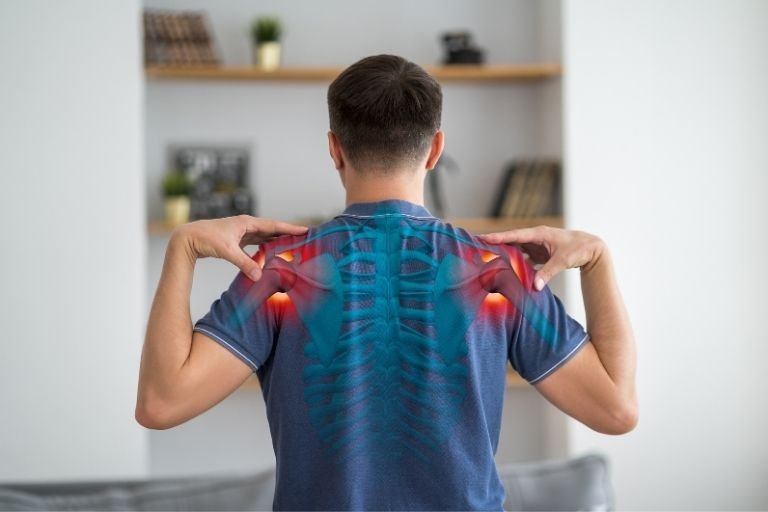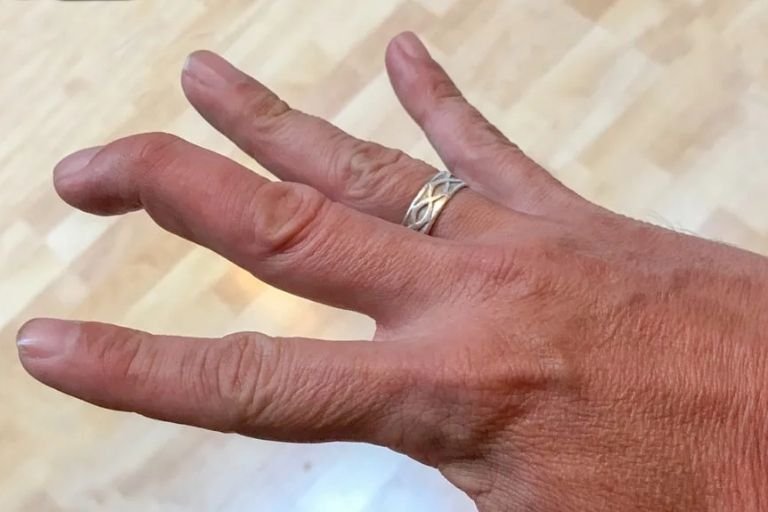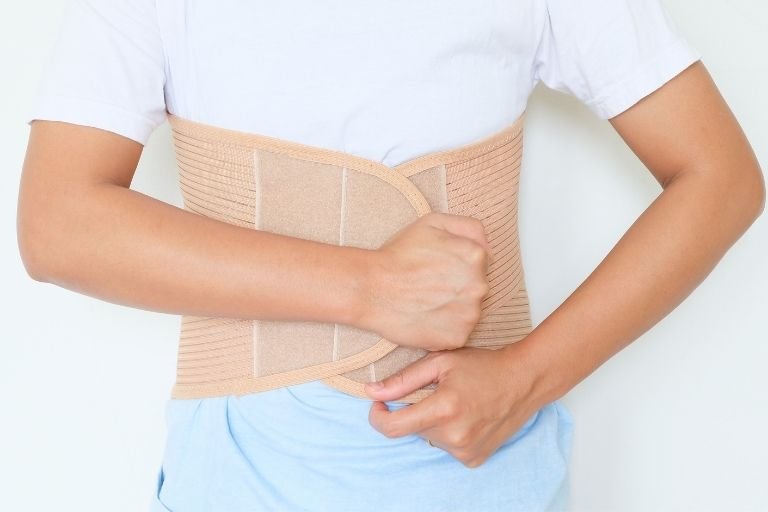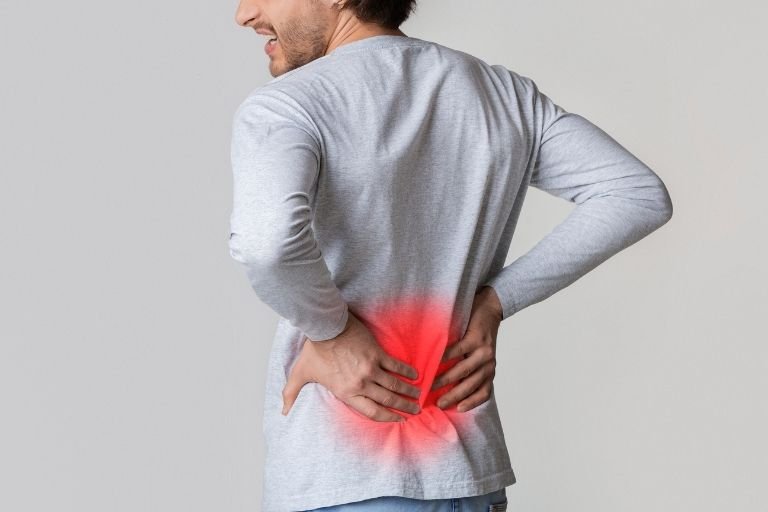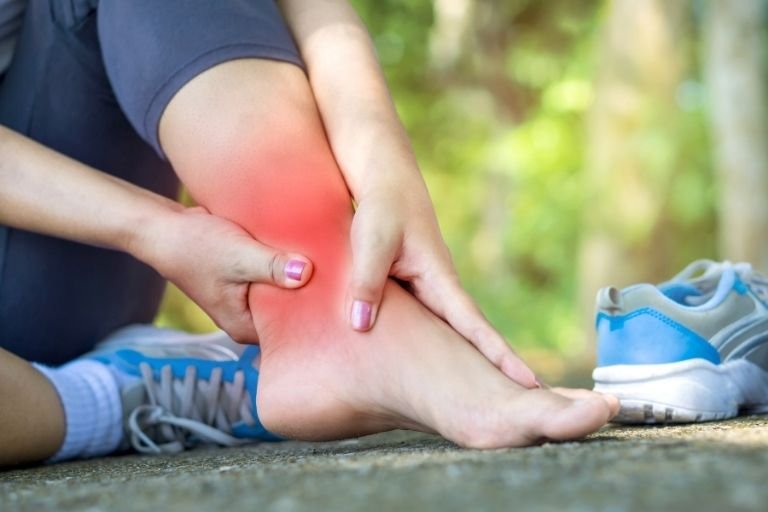- Fitwell Physiotherapy
Tail Bone Pain

Tailbone pain, also known as coccydynia, can be a real pain in the… well, tailbone! It’s a discomfort or pain in the coccyx, the small, triangular bone at the bottom of the spine. Here’s a breakdown of its symptoms, causes, when to seek help, risks, prevention tips, and treatments:
Please submit your details below.
Symptoms:
- Pain and tenderness: Direct discomfort in the tailbone region, often worsened by sitting.
- Pain during certain activities: Aggravated by activities like sitting for long periods, transitioning from sitting to standing, or during bowel movements.
- Localized pain: The pain is typically localized to the tailbone region but can radiate to the lower back or buttocks.
Causes:
- Trauma: A fall onto the tailbone, such as slipping on ice or falling from a bicycle, can bruise or fracture the coccyx.
- Repetitive strain: Activities that repeatedly stress the tailbone, like cycling or rowing, can lead to inflammation and pain.
- Childbirth: Giving birth vaginally can sometimes result in injury or trauma to the coccyx.
- Degenerative changes: Aging can cause wear and tear on the coccyx, leading to pain.
When to See a Physiotherapist:
- Persistent pain: If the pain in your tailbone persists for more than a few days despite home remedies.
- Severe pain: If the pain is severe or worsening.
- Difficulty with daily activities: If the pain interferes with your ability to sit, stand, or perform daily tasks.
- Trauma: If you’ve experienced a fall or injury to the tailbone.
Risks:
- Chronic pain: Without proper management, tailbone pain can become chronic and significantly impact quality of life.
- Functional limitations: Severe pain may limit your ability to sit or perform certain activities comfortably.
- Psychological effects: Chronic pain can lead to emotional distress and affect mental well-being.
Prevention:
- Proper posture: Maintaining good posture can reduce strain on the tailbone.
- Cushioned seating: Use cushions or padded seats to alleviate pressure on the tailbone, especially during prolonged sitting.
- Regular breaks: Take breaks from sitting to stretch and relieve pressure on the tailbone.
- Exercise: Strengthening the muscles around the pelvis and spine can provide support to the tailbone.
Treatments:
- Physical therapy: A physiotherapist can design a tailored exercise program to strengthen muscles and improve flexibility.
- Medication: Over-the-counter pain relievers like ibuprofen can help alleviate pain and inflammation.
- Ice and heat therapy: Applying ice packs or warm compresses to the affected area can help reduce pain and inflammation.
- Injections: In some cases, corticosteroid injections may be recommended to reduce inflammation and pain.
- Manual therapy: Techniques like massage or manipulation by a physiotherapist can help relieve muscle tension and improve mobility.
If you’re experiencing persistent tailbone pain, don’t hesitate to consult a physiotherapist or healthcare professional for proper evaluation and treatment. Ignoring the pain could lead to worsening symptoms and prolonged discomfort.
Frequently Asked Questions
Diagnosis typically involves a physical examination by a healthcare provider, where they assess tenderness and mobility of the coccyx. Imaging tests such as X-rays, MRI, or CT scans may be ordered to rule out fractures, dislocations, or other underlying conditions contributing to the pain.
It’s advisable to consult a healthcare provider if tailbone pain is severe, persistent, or interfering with daily activities despite self-care measures. Additionally, seek medical attention if the pain is accompanied by symptoms like numbness or tingling in the lower extremities, difficulty with bowel or bladder control, or signs of infection such as fever or swelling.
Related Conditions
How Fitwell Physiotherapy Can Help?
Dr. Richa’s Fitwell physiotherapy has an extensive team of physiotherapists all within their own specialist areas of physiotherapy. Whatever your condition, we guarantee that we will have the best physiotherapist for you. We assess, diagnose, plan, cure and care for you.
Fitwell Physiotherapy Clinic, Pune provides you best physiotherapy treatment in Kharadi, pune. We also serve Chandan Nagar, Vadgaon Sheri, Keshav Nagar, Wagholi & nearby Areas in Pune. We are experts in treating Neck Pain, Hand Pain, Back Pain, Lower Back Pain, Knee Pain, Stiff Neck, Sciatica, Arthritis, Stroke Paralysis & Post Surgical Rehab.
We provide Specialized physiotherapy treatments in Sports Injuries, Pre and post Surgery, Neurologic, Pediatric, Chronic Pain/Fatigue, Rheumatology, Women’s Health, Men’s Health, Ergonomics, Vestibular, Amputees & all sort of Pain treatment and lifestyle conditions.






















